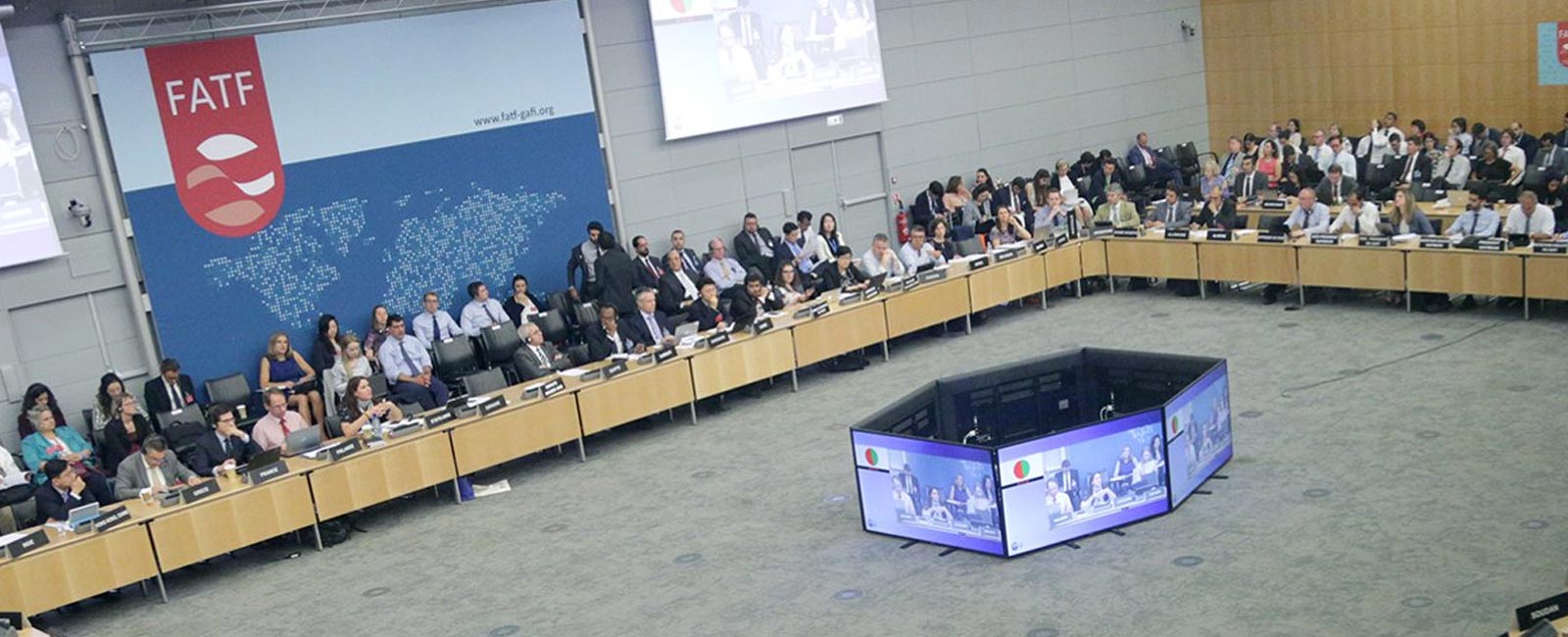Timeline — How Pakistan's journey with FATF unfolded
FATF has removed Pakistan from list of countries under "increased monitoring" today after 4 years of constant efforts

The Financial Action Task Force (FATF), a global money laundering and terrorism financing watchdog, removed Pakistan from a list of countries under "increased monitoring" (grey list) today.
In a meeting in June, the FATF said it was retaining Pakistan on the list — also known as the "grey list" — but said it might be removed after an on-site visit to verify progress.
Last month, Pakistan's foreign office said a FATF technical team had conducted a "successful" visit and Islamabad was expecting a "logical conclusion" of the evaluation process in October.
Here are some key points:
What would it mean for Pakistan?
Pakistan was grey-listed in 2018 because of "strategic counter-terrorist financing-related deficiencies." FATF gave the country a wide-ranging reform programme.
Now that Pakistan has been removed from the list, the country would essentially receive a reputational boost and get a clean bill of health from the international community on terrorist financing.
While it would not have an impact on the country's struggling economy as a whole, it would help reduce scrutiny of global transactions involving Pakistan, said economist and former Citigroup banker Yousuf Nazar.
Removal from the FATF list would provide Pakistan with a boost after the country's sovereign credit rating was downgraded by Moody's. It would also improve sentiment, important from a foreign direct investment perspective.





